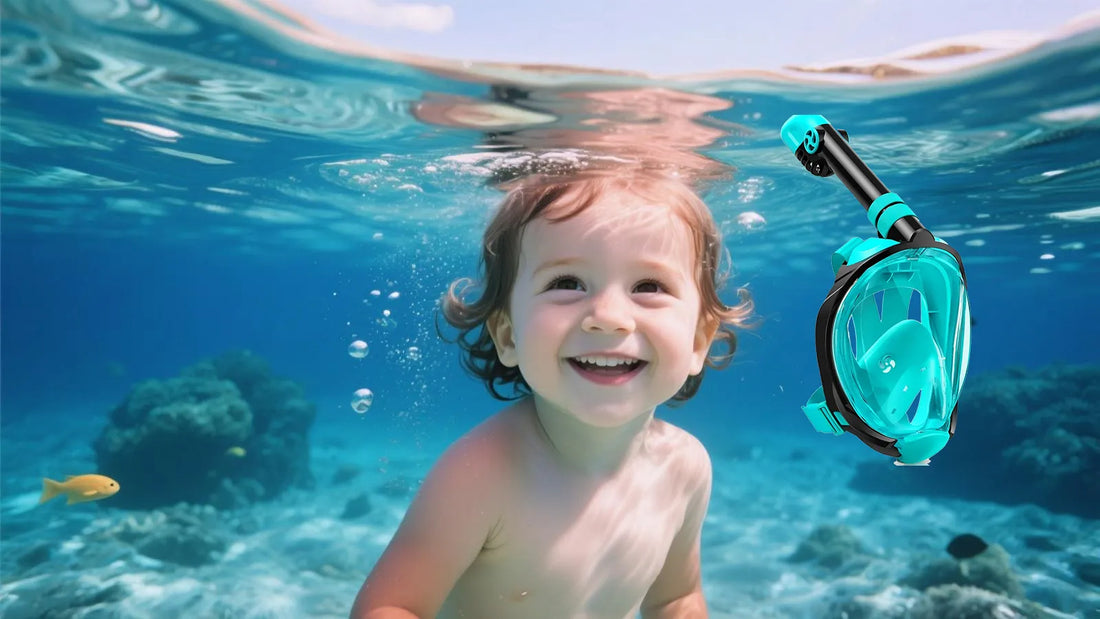Have you ever wondered when swimming goggles were invented? These small yet essential pieces of equipment have revolutionized the way we swim, offering clarity and protection underwater. But their journey from concept to widespread use is a story worth exploring. Let’s dive into the history of swimming goggles and uncover how they became a staple for swimmers worldwide.
The Early Beginnings of Swimming Goggles
Long before the invention of modern swimming goggles, people sought ways to protect their eyes while swimming. Early civilizations used rudimentary methods, such as rubbing oils or plant extracts on their eyes to reduce irritation from saltwater or chlorine. However, these methods were far from effective and often provided little relief.
The first recorded use of eye protection for swimming dates back to the 14th century in Persia. Persian pearl divers are believed to have used polished tortoise shells as makeshift goggles. These shells were shaped to fit over the eyes and allowed divers to see more clearly underwater. While these early goggles were far from perfect, they marked the beginning of a quest for better underwater vision.
The 19th Century: A Turning Point
The 19th century saw significant advancements in swimming technology, including the development of more sophisticated goggles. In the 1800s, swimmers began experimenting with glass lenses held in place by rubber or leather straps. These early designs were bulky and uncomfortable, but they represented a leap forward in eye protection.
One notable invention during this period was the 'swimming spectacles,' which featured glass lenses and a rubber frame. While these spectacles improved underwater vision, they were prone to leaking and fogging up. Despite their limitations, they laid the groundwork for future innovations in swimming goggles.
The 20th Century: The Rise of Modern Swimming Goggles
The 20th century marked the true evolution of swimming goggles as we know them today. In the early 1900s, manufacturers began producing goggles with improved materials and designs. Rubber and plastic became the preferred materials, offering better durability and comfort.
By the mid-20th century, swimming goggles had become more streamlined and functional. The introduction of adjustable straps and cushioned seals made them more comfortable to wear for extended periods. Additionally, anti-fog coatings were developed to prevent lenses from fogging up during use.
The 1970s and 1980s saw a surge in the popularity of competitive swimming, which further drove the demand for high-performance goggles. Swimmers needed goggles that could withstand rigorous training sessions and provide clear vision in various water conditions. This demand led to the creation of specialized goggles for different swimming styles, such as racing goggles and training goggles.
The Science Behind Swimming Goggles
Swimming goggles are more than just a convenience; they are a marvel of engineering. The lenses are designed to correct the distortion of light underwater, allowing swimmers to see clearly. Additionally, the seals around the eyes create a watertight barrier, preventing water from entering and causing irritation.
Modern goggles also incorporate features such as UV protection, anti-fog coatings, and adjustable straps for a customized fit. These advancements have made swimming goggles an indispensable tool for both recreational and competitive swimmers.
The Impact of Swimming Goggles on the Sport
The invention of swimming goggles has had a profound impact on the sport of swimming. For competitive swimmers, goggles provide a clear advantage by enhancing underwater vision and reducing eye strain. This allows swimmers to focus on their technique and improve their performance.
Recreational swimmers also benefit from the comfort and protection offered by goggles. Whether swimming in a pool, lake, or ocean, goggles make the experience more enjoyable by keeping water out of the eyes and providing clear vision.
The Future of Swimming Goggles
As technology continues to advance, the future of swimming goggles looks promising. Innovations such as smart goggles with built-in sensors and augmented reality displays are already in development. These next-generation goggles could provide real-time feedback on a swimmer’s performance, revolutionizing the way we train and compete.
Additionally, advancements in materials and design are expected to make goggles even more comfortable and durable. With ongoing research and development, swimming goggles will continue to evolve, offering swimmers new ways to enhance their performance and enjoy the water.
From their humble beginnings as polished tortoise shells to the high-tech accessories of today, swimming goggles have come a long way. Their invention has transformed the sport of swimming, making it more accessible and enjoyable for people of all skill levels. So the next time you put on a pair of goggles, take a moment to appreciate the history and innovation that made them possible.

